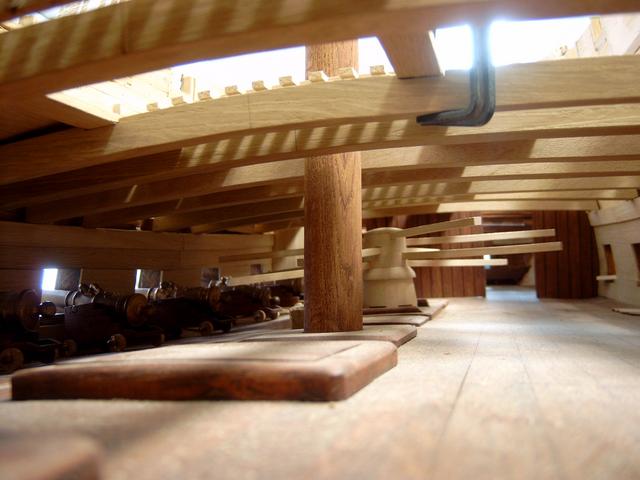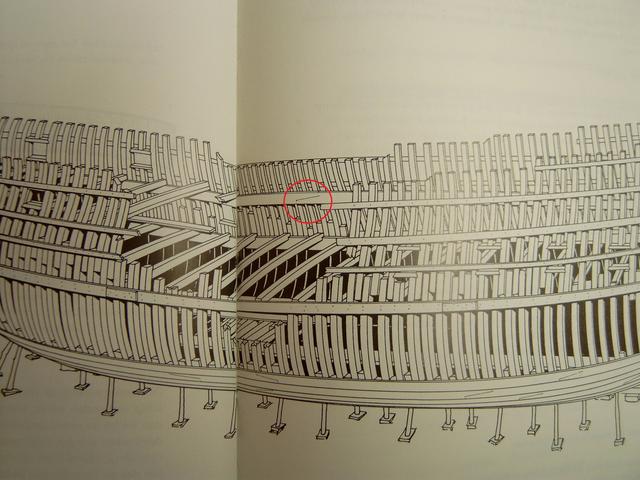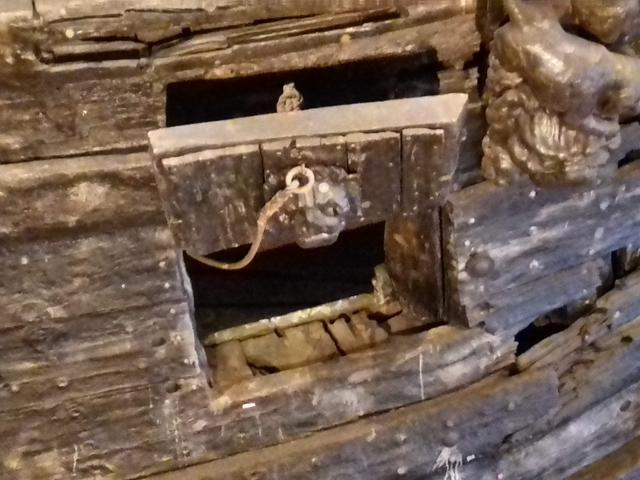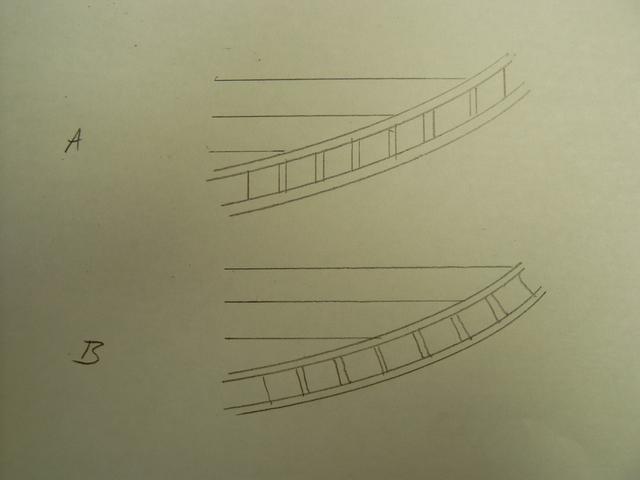|
|
Post by tromp on Nov 1, 2018 8:51:49 GMT
Hi all,
I have a question regarding deck clamps of 17th Century Dutch ships, maybe someone here can shed some light on this (fredhocker perhaps). The was a debate going on in another Forum recently where someone said that the Ends of these clamps were butt joined. Here you can see on the Image of my Hohenzollernmodel copy that the ends are indeed carried out this way, but the joints will be covered later by knees or steunders.

However, this modern Illustration here shows a different approach (circled in red): a scarph joint.

I couldn't find out in any of the books I have what way these joints were carried out on Vasa. Any input is appreciated.
Thanks Peter
|
|
|
|
Post by fredhocker on Nov 5, 2018 8:35:26 GMT
Hi Peter,
On Vasa, the clamps are scarfed, although not in the way shown in your illustration. They are scarfed with the table vertical, as in the planks of Viking ships. The scarf is usually about as long as the clamp is wide, with the visible feather edge nailed down.
Fred
|
|
|
|
Post by tromp on Nov 7, 2018 18:43:06 GMT
Thanks for that Fred. I have just spent a great weekend in Stockholm and was at the museum all day Saturday and Sunday. I was amazed to see that some of the upper deck gunport sills have been removed exposing the frames. As far as I could tell none of the frames had been bevelled to follow the shape of the hull. It seems that all are perfectly square or rectangular in cross section.
Peter
|
|
|
|
Post by fredhocker on Nov 8, 2018 8:27:37 GMT
Hi Peter,
We have the sills off to do some dendrochronological measuring and to look at the framing. In the middle of the ship, where most of the gunports are, the hull is pretty straight, so there is no real need to bevel the frames much, although I would not say that they are always perfectly square, since there is a fair amount of irregularity. Closer to the ends there is some bevelling until you get to the hawsepieces in the bow.
Glad you had a good weekend, sorry I did not know you were here!
Fred
|
|
|
|
Post by tromp on Nov 8, 2018 18:00:52 GMT
To get the Frame pieces to fit tightly against the inside of the hull planking a slight amount of beveling is necessary as the curvature of the hull is different at any given level. But not to an extent that some People want to see.  The picture above tells me that "B" would be correct, wheras "A" is the largely accepted version. Even for a Shell-first built ship.  Peter |
|